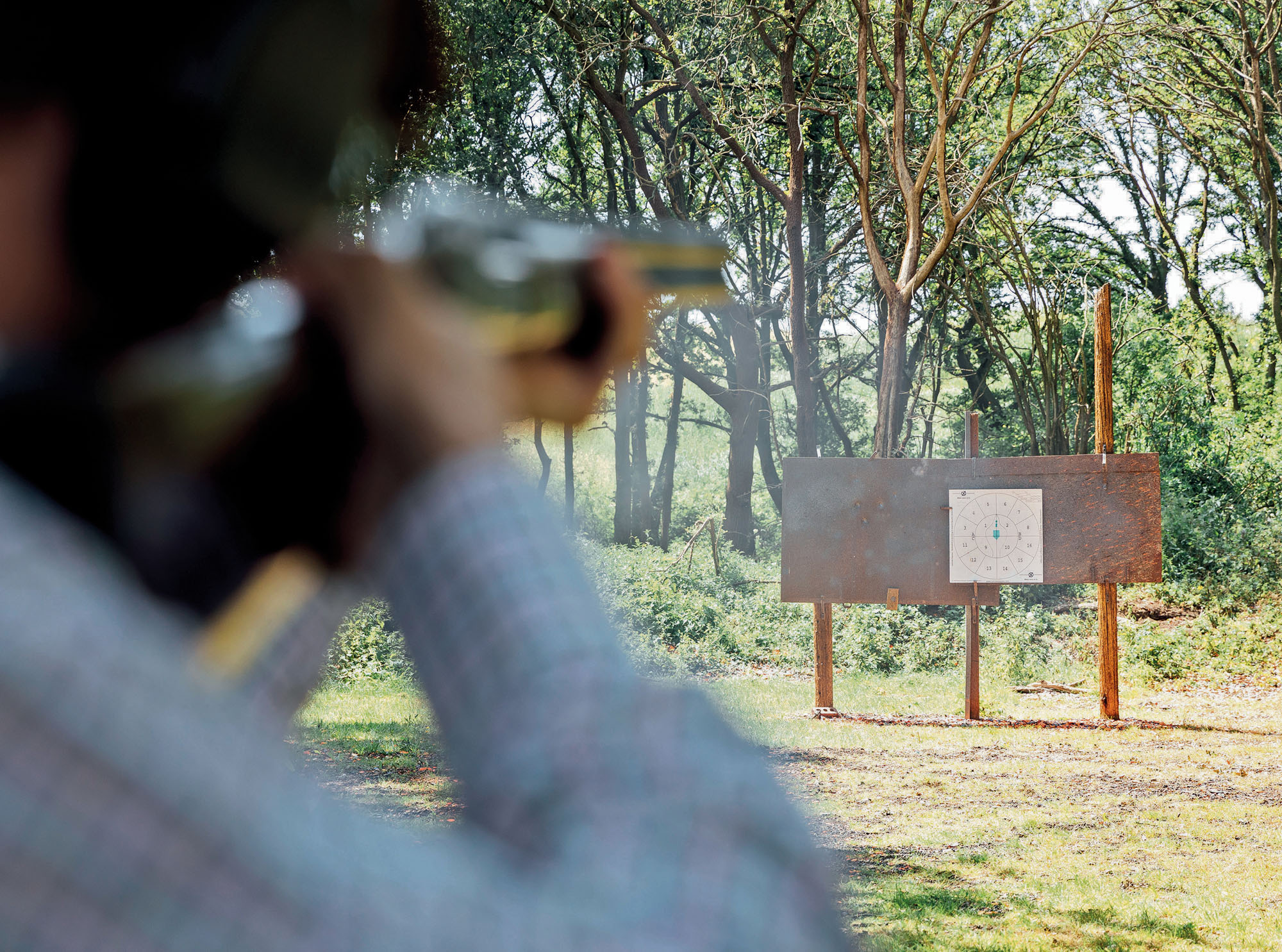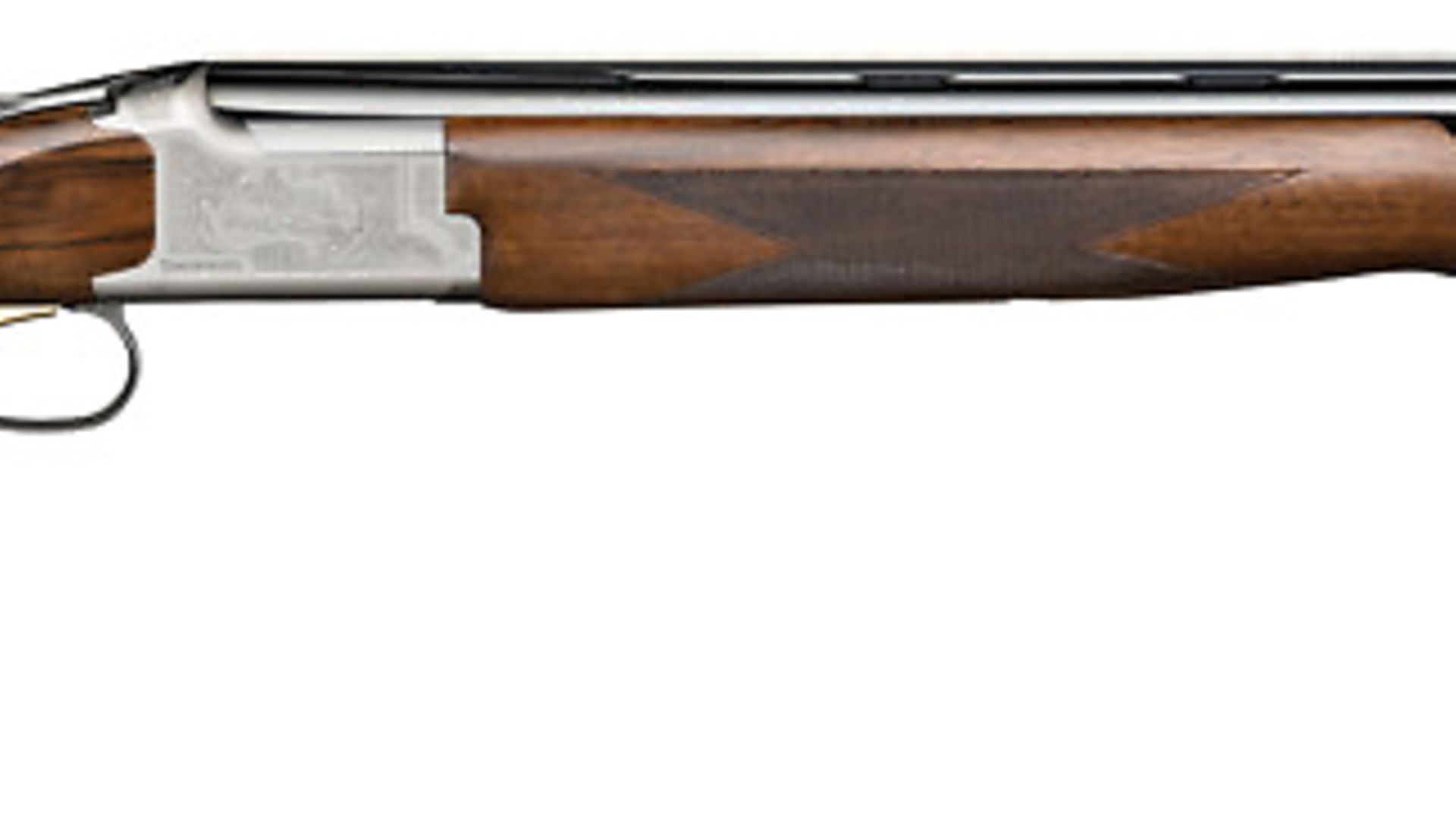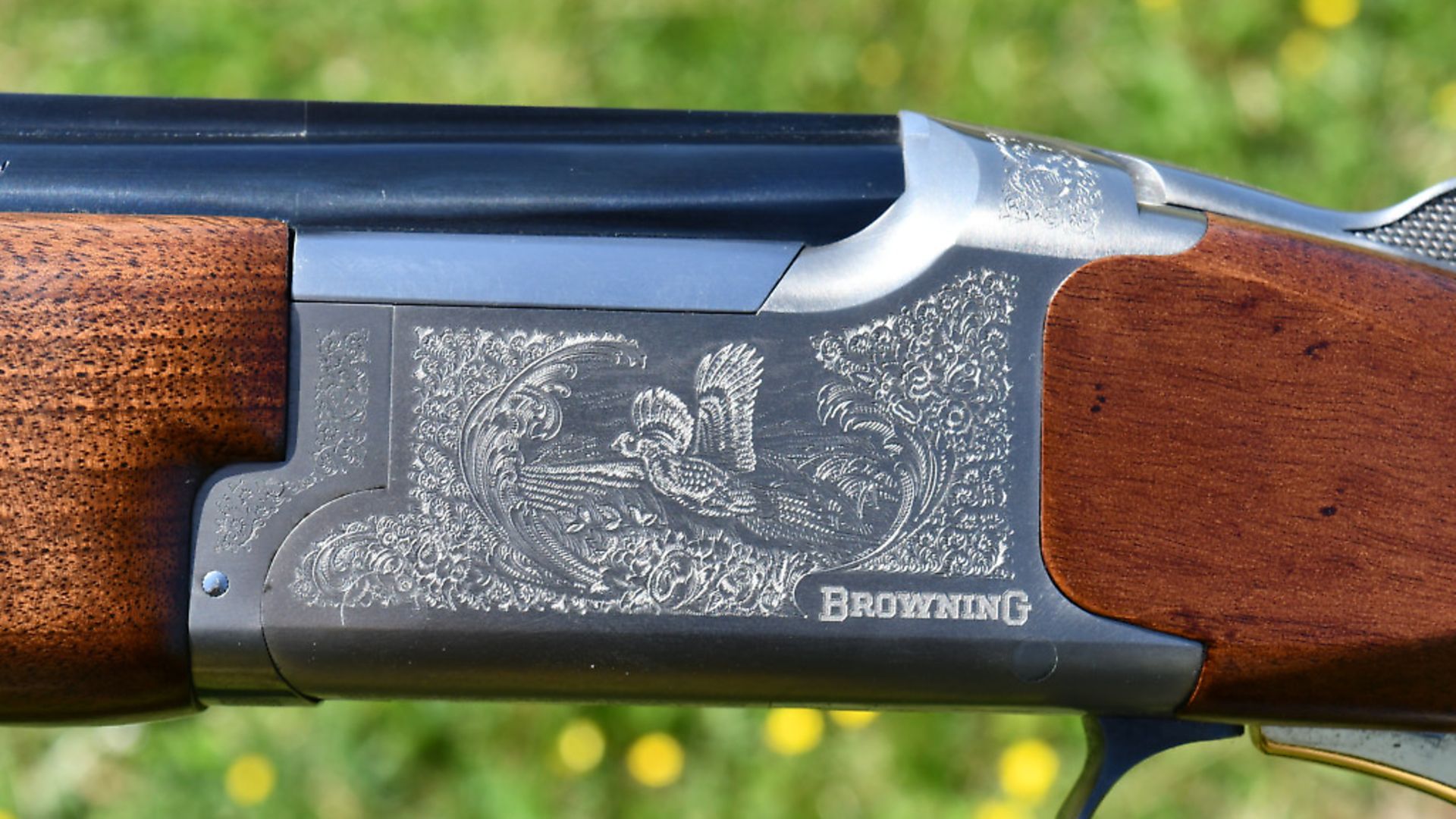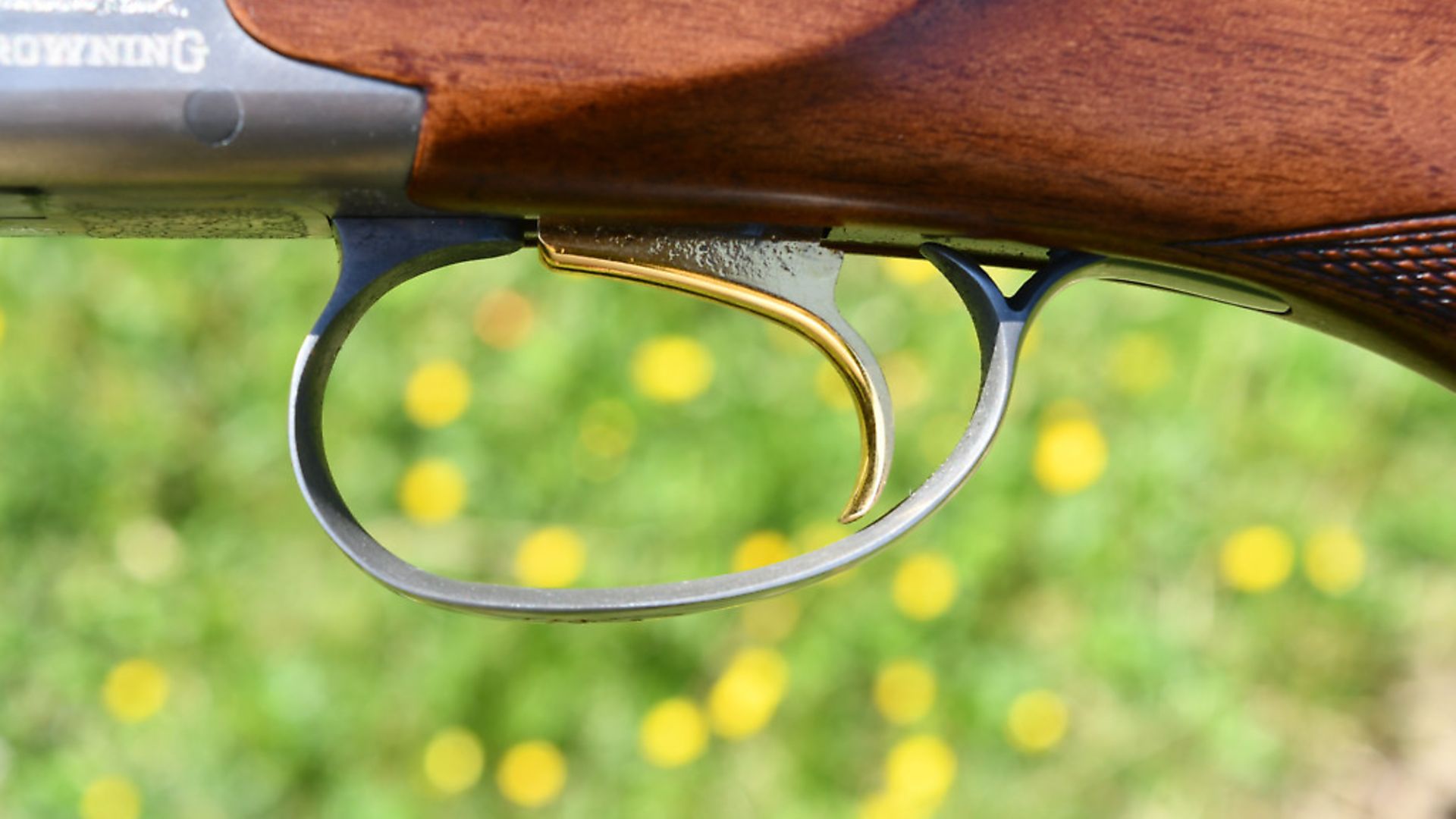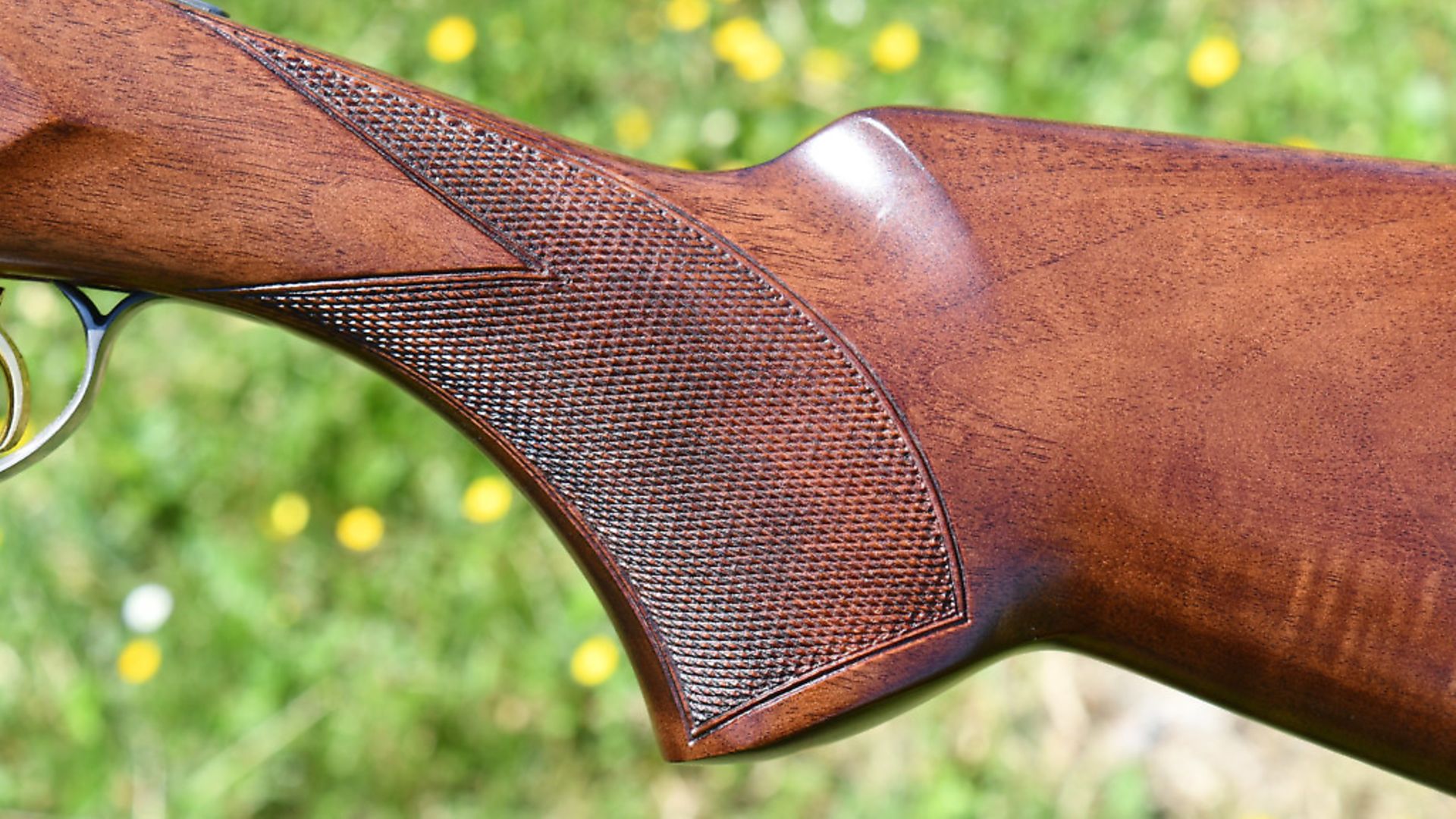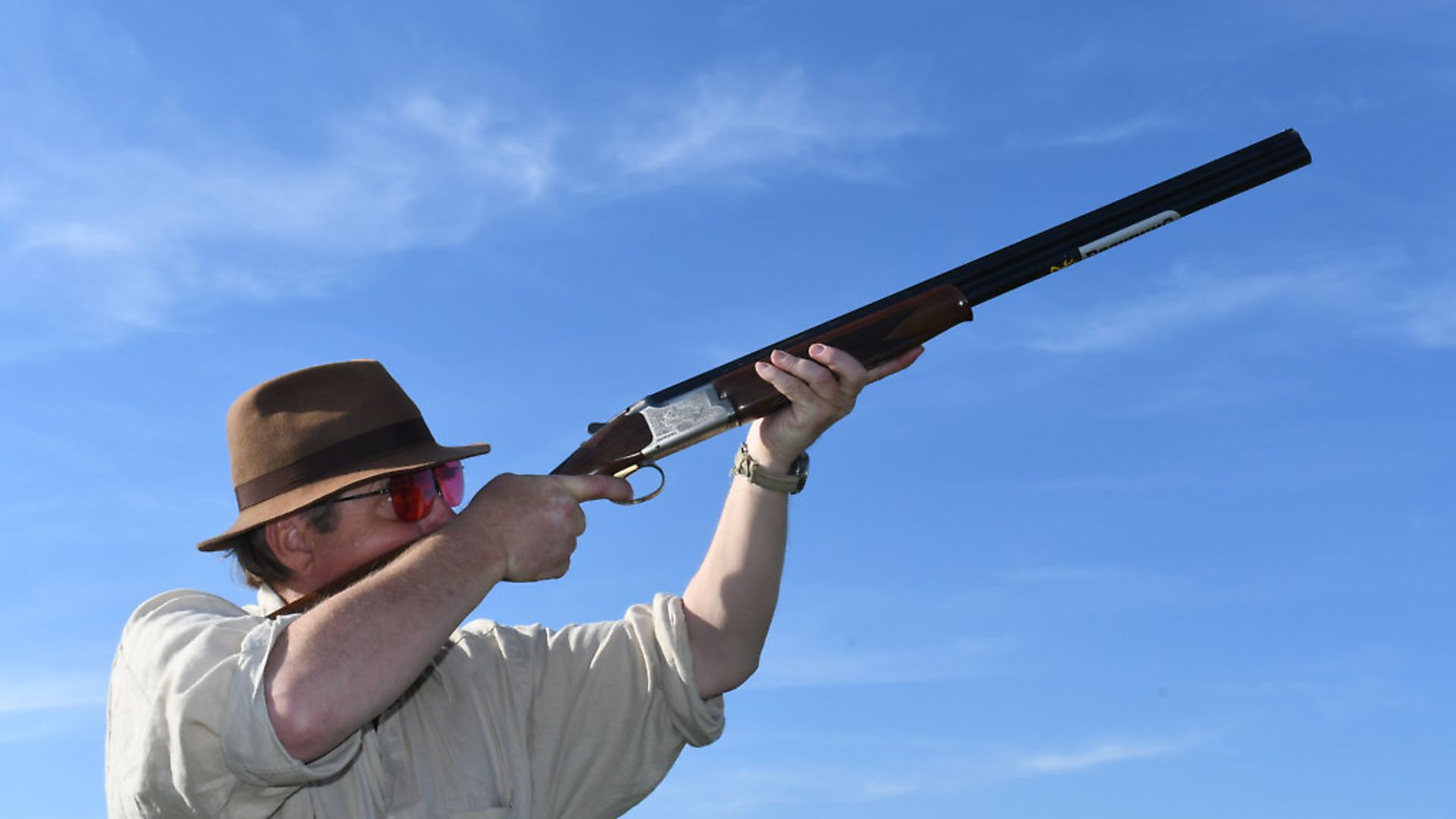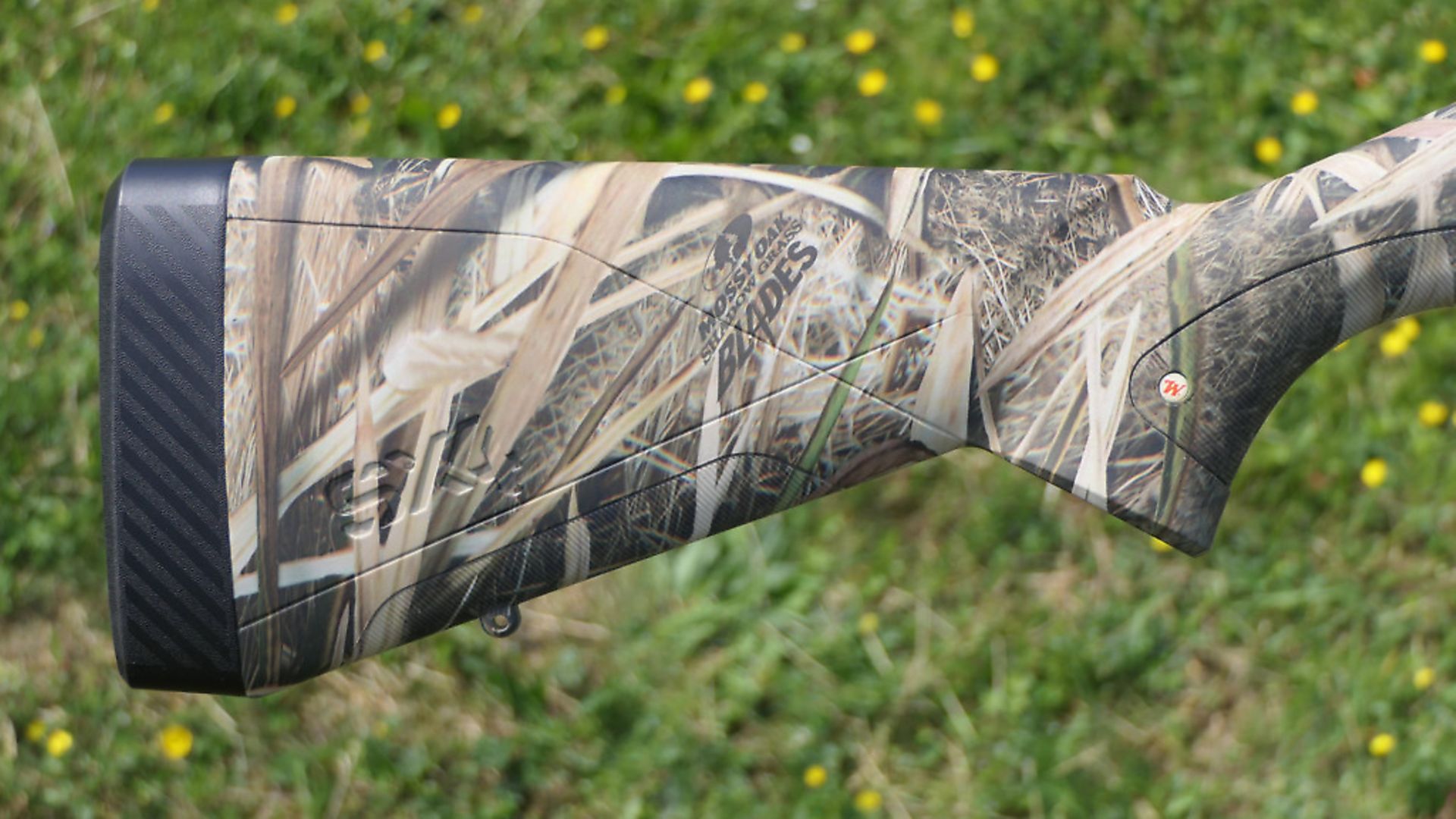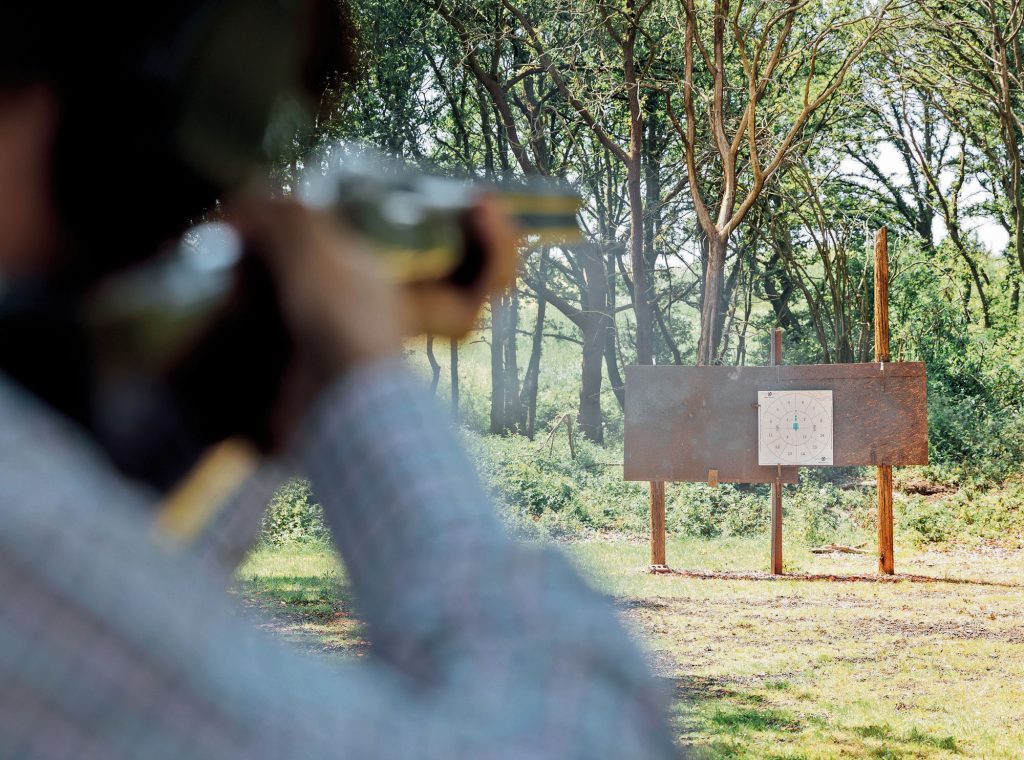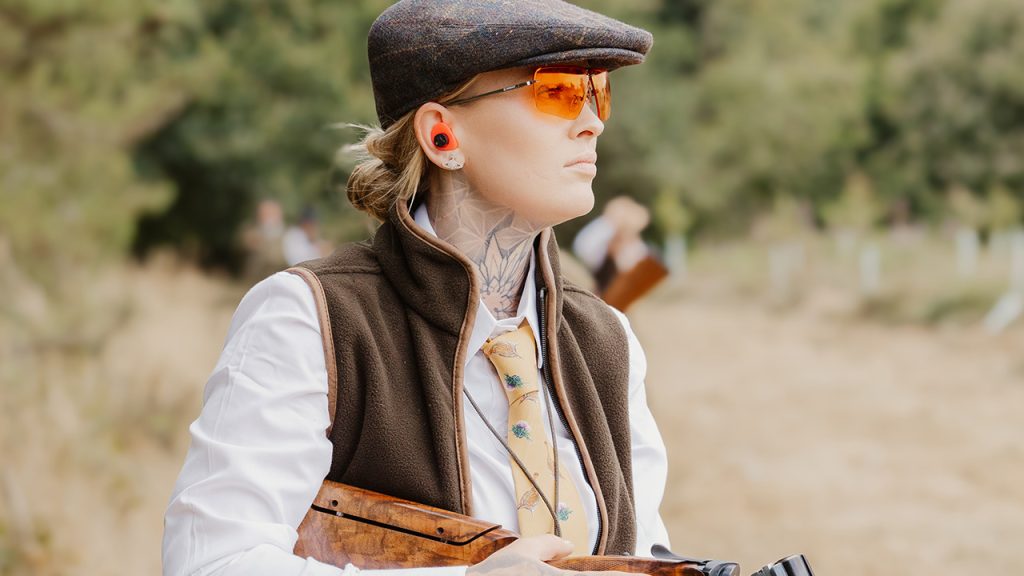Browning Lightweight 20-bore – test and review
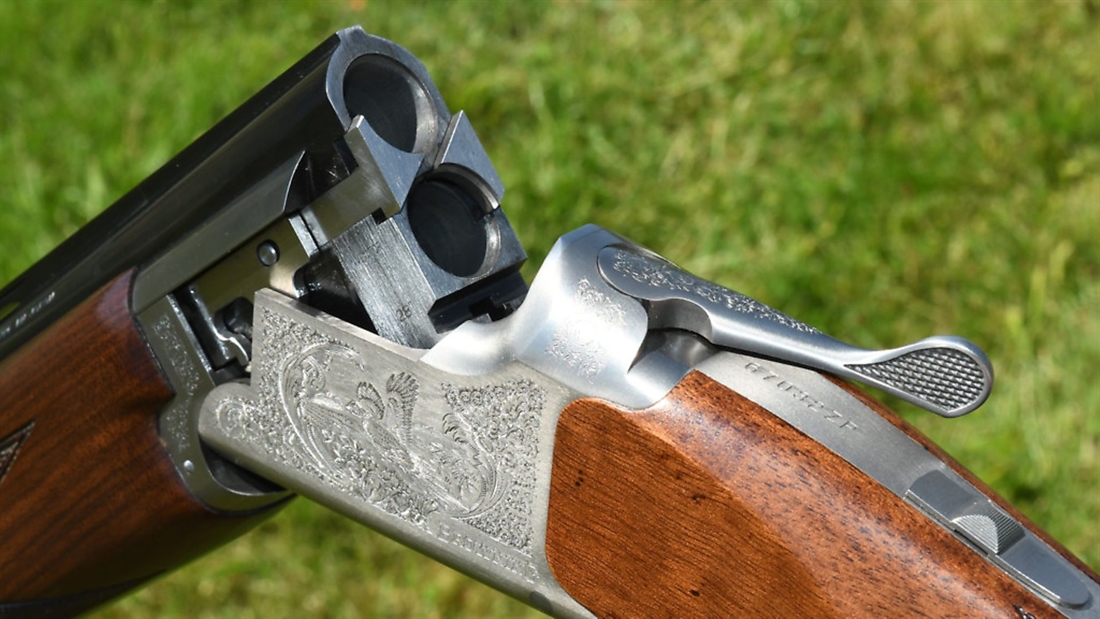
Mike Yardley is hugely impressed by this affordable lightweight game gun from Browning, a 20-bore over-and-under that would make an ideal choice for walked-up or pigeon shooting
WE LIKE: The good looks and form; The shooting qualities; The price-to-finish ratio and value
WE DON’T LIKE: I’m struggling to find anything..
TECH SPECS
Make: Browning
Model: Lightweight
Bore: 20 (12 bore option)
Chamber: 3”
Action type: Modified B25 with reinforced alloy action
Barrels: 30”
Rib: 6mm ventilated
Weight: 6lbs 8oz.
Choke: Multi
RRP: £2,059 (standard model with steel action £1,739)
IN DEPTH
This month’s test gun is one of my favourite picks from a recent trip to Poland – a lightweight, alloy-action 20-bore over-and-under weighing in at about six and half pounds (which is light but not super light).
Browning call it the Game One Light. It is attractively presented with pleasant but quite thin scroll and game scene engraving on a silver-finished alloy action.
It has a single-selective, gold-plated trigger, a non-auto safe (with the bits in the box to convert it easily to automatic operation), and a nicely proportioned, grade-II walnut pistol grip stock – a lovely design.
The well-finished wood on the test gun showed some figure (more to the rear than the front) and the stock form was first class. I especially liked the grip – not too big but full pistol. It was, to use the vernacular, pukka – a near-perfect design.
The fore-end is good too, a classic Browning schnabel (although my preference is for fore-ends without the front lip). The butt also has a pleasant taper – a true game gun stock.
The 14¾” length of pull will suit most people, and my only critical comment is that the stock is a little low (like many Brownings). It measures at 13/8” for drop relative to rib axis at the front of the comb and nearly 2¼” to the rear.
I’d bring it up 1/8” or so as a standard measurement. I often make a similar comment about Berettas (which tend to be a smidgen higher) as I feel that everyone would be better off with a 13/8”, 21/8” or 1½” and 2” as the industry standard measurement.
The workmanship on the 20-bore test gun passes muster in all departments. Presentation generally is excellent. Barrels are especially well presented and, of course, are monobloc – Japanese Brownings all use this method of manufacture now. I’ve seen barrels being made in the factory near Kochi and was astounded by how much effort and hands-on work still goes into barrel-making, it is one of the logjams in a very efficient factory that produces more than 150 guns a day. Monobloc manufacture, meanwhile, is a fairly recent development for Browning; they continued with demiblock manufacture right up until about halfway through the production run for the old 425 model.
One might have an argument as to which is best – demiblock or monobloc – but the London gun trade, and those who imitate them, have always argued the merits of chopper lump and demi-lump manufacture (the former for side-by-sides, the latter for over-and-unders). Belgian B25s are still demi-lump. Fans of the monobloc system continue to argue its merits. As made today with close tolerances and precision joints, good monobloc barrels are immensely strong.
The test gun boasts 3” chambers, tightish bores at 15.7mm and a narrow, ventilated, 6mm sighting rib equipped with a traditional metal bead at the muzzles. The joining ribs are solid, but only extend back just past the fore-end tip. There are Invector multi-chokes at the muzzles.
The good first impressions are not dispelled when this neat little gun is first brought to face and shoulder. The grip offers great control and a good natural hand position.
As far as balance is concerned, this 20-bore has sufficient weight and length forward to be steady but not so much as to be sluggish.
My only issue is that when I raise the muzzles of the proven empty gun to 45° and apply normal cheek pressure, I begin to lose the bead. This is easily sorted, though.
TECHNICAL SPECIFICATION
I have always harboured a prejudice (addressed in the newer, lower profile 725) that the Browning Superposed type action and simplified siblings (such as the 325, 425 and 525) suits a 20-bore better than a 12-bore.
The action is a little deeper than in most other modern over-and-under designs because of the full-width hinge pin and under-lumps (rather than the trunnions and bifurcated lumps seen in a Beretta, Perazzi or Rizzini).
In 20-bore form, though, the action proportions are ideal – not just aesthetically speaking, but because the spacing of top and bottom straps allows for the creation of an almost ideal grip.
Meanwhile, the mechanism of the test gun is not novel. Apart from a steel reinforcing strip in the action face, it is the usual Browning/Miroku modification of the B25 combined with reliable and effective hammer ejectors in the fore-end.
The action locks up by means of a wide, flat bolt that comes out of the bottom of the action faces and meets a slot beneath the bottom chamber. Helical springs power the works.
To say it’s well proven would be an understatement. The Belgian original has been in production for 90 years or more, and Miroku must have been copying it for about 60 with tens of thousands of satisfied customers!
SHOOTING IMPRESSIONS
On the range day in Poland with many Brownings and Winchesters on offer, everyone, especially me, kept coming back to this little 525. It was light, so you felt a bit of recoil, but it was pointable with the the 30” tubes, controllable and very crisp in use. It just felt right. I kept hitting targets, including some trap birds that I should not been connecting with quite so well. For me, it shot better than the gun’s scale and weight suggested it might. It was one of those mass-produced guns that just came out right. I can never determine how much luck and how much method there is to this. Sometimes you just come across a gun which works – this was one of those. David Stapley the Browning Managing Director has bought one himself and intends to use it to teach his son to shoot. With suitably light loads this would be a great teaching tool but Dad (or Mum) could have a lot of fun with it too. It would be ideal for walking up grouse or woodcock and mustard in a pigeon hide too. It brings a smile to your face breaking clays and is well priced… what more excuse do you need.

